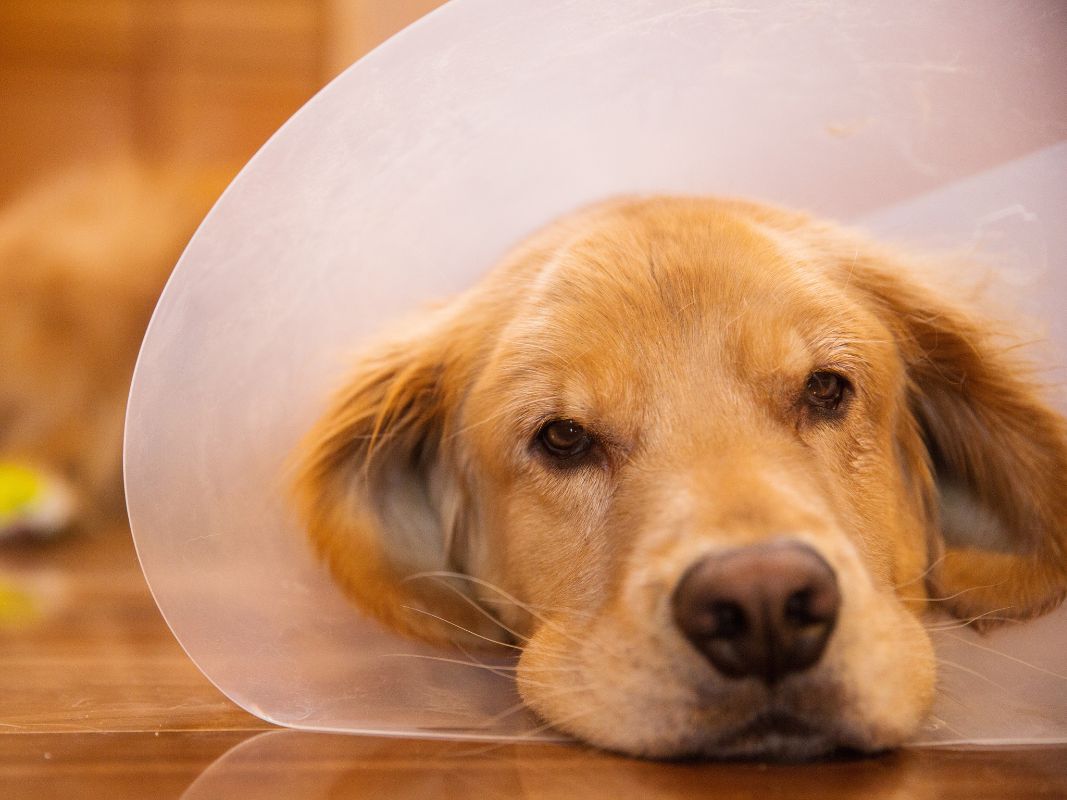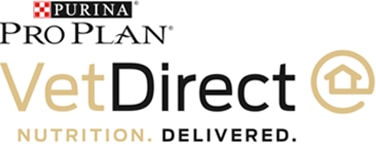|
Any procedure could cause your furry, four-legged friend to suffer from anxiety afterward. Read this quick guide to keeping your dog calm after surgery.
Undergoing surgery can be a stressful experience for humans and animals alike, and there is no exception for dogs. After a surgical procedure, especially if it was particularly extensive, it is crucial to provide a calm environment for your pet to recover safely. By following a few simple guidelines, you can help your dog easily overcome this challenging period and recover more effectively. This quick guide to keeping your dog calm after surgery will provide you with useful information to help them heal appropriately and regain their vitality. Prepare a Comfortable and Safe SpaceCreating a calm and secure area for your recovering dog is essential; choose a quiet room where they can rest undisturbed, away from excessive noise and foot traffic. Ensure the space is warm, free from drafts, and has a cozy bed for extra comfort. Remove any hazardous objects or potential tripping hazards to prevent accidents. Limit Their ActivityPost-surgery, it is crucial to restrict your dog’s physical activity to allow for proper healing. Follow your veterinarian’s instructions regarding exercise limitations, including leashed walks or confinement to a small area. Excessive movement can slow the healing process and potentially lead to complications. Monitor Their PainPain management is vital for a comfortable recovery, and it allows your dog to perform certain activities, like walking and taking bathroom breaks. A clinic with professional veterinarian surgery services will determine and prescribe the appropriate pain medication for your dog’s needs. Administer the medicine as prescribed and monitor your dog for any signs of discomfort; if you notice any unusual behavior or increased pain, contact your vet immediately. Maintain a Consistent RoutineDogs enjoy having a routine, and maintaining a consistent schedule can help reduce stress and anxiety during the recovery period. Stick to regular feeding times and ensure that fresh water is always available. Consistency will provide a sense of security and familiarity, contributing to a calm and stress-free environment. Minimize External StimuliMinimizing exposure to external stimuli that may cause excitement or anxiety is important for keeping your dog calm after surgery. Keep visitors to a minimum and advise family members to avoid loud noises or sudden movements that could startle your dog. Limit access to windows or areas where your dog might get excessive visual stimuli from other animals or passing pedestrians.
0 Comments
Leave a Reply. |
AuthorAntelope Valley Medical Center Team archives
June 2024
Categories |


 RSS Feed
RSS Feed
